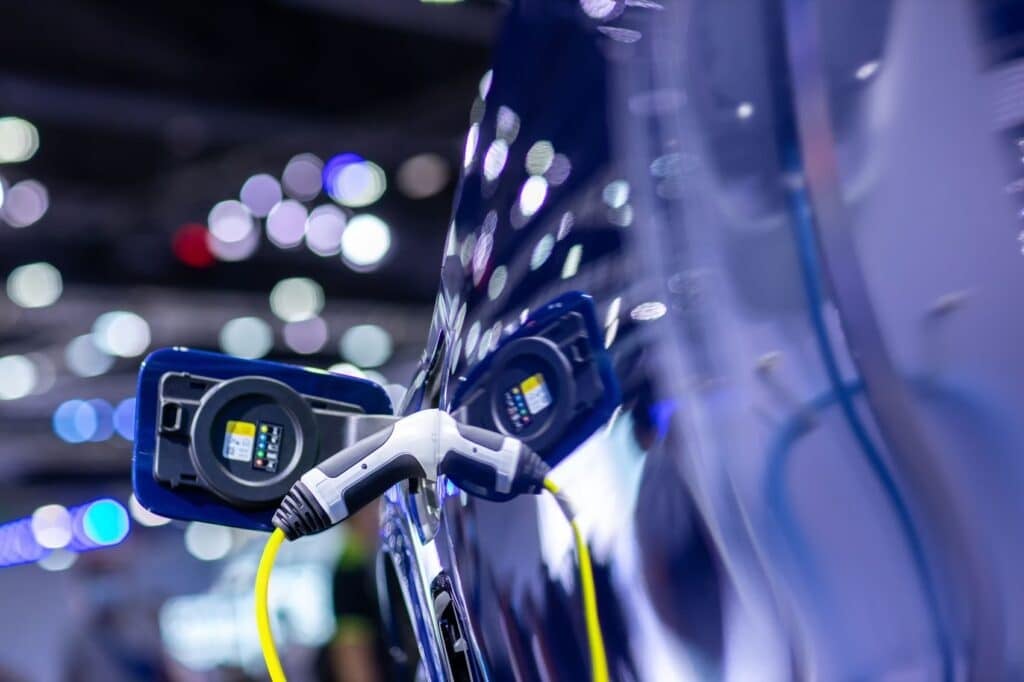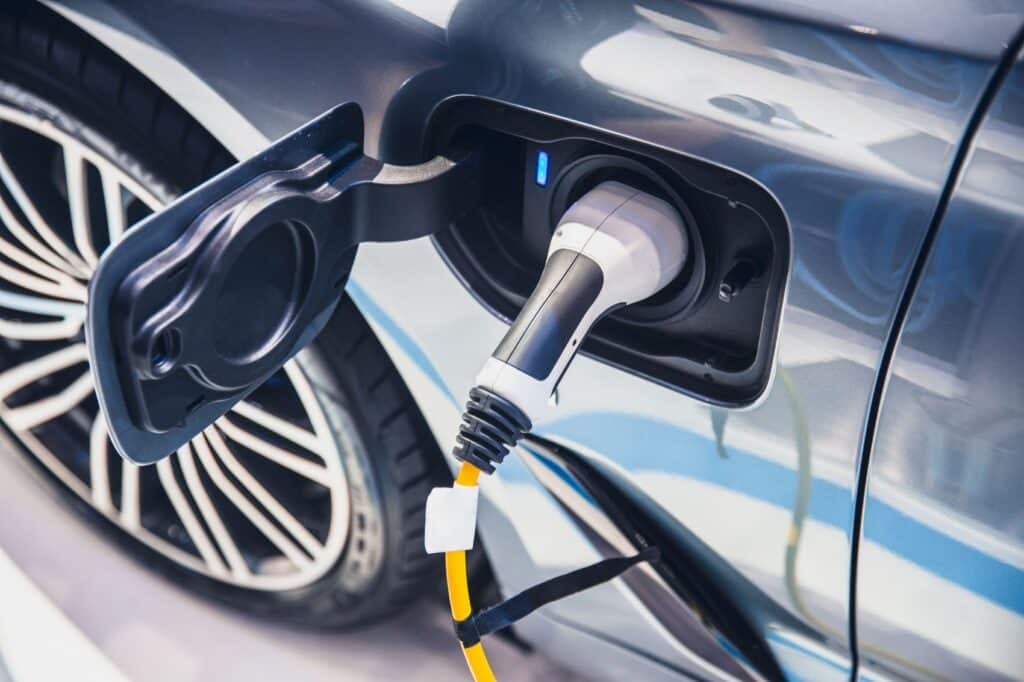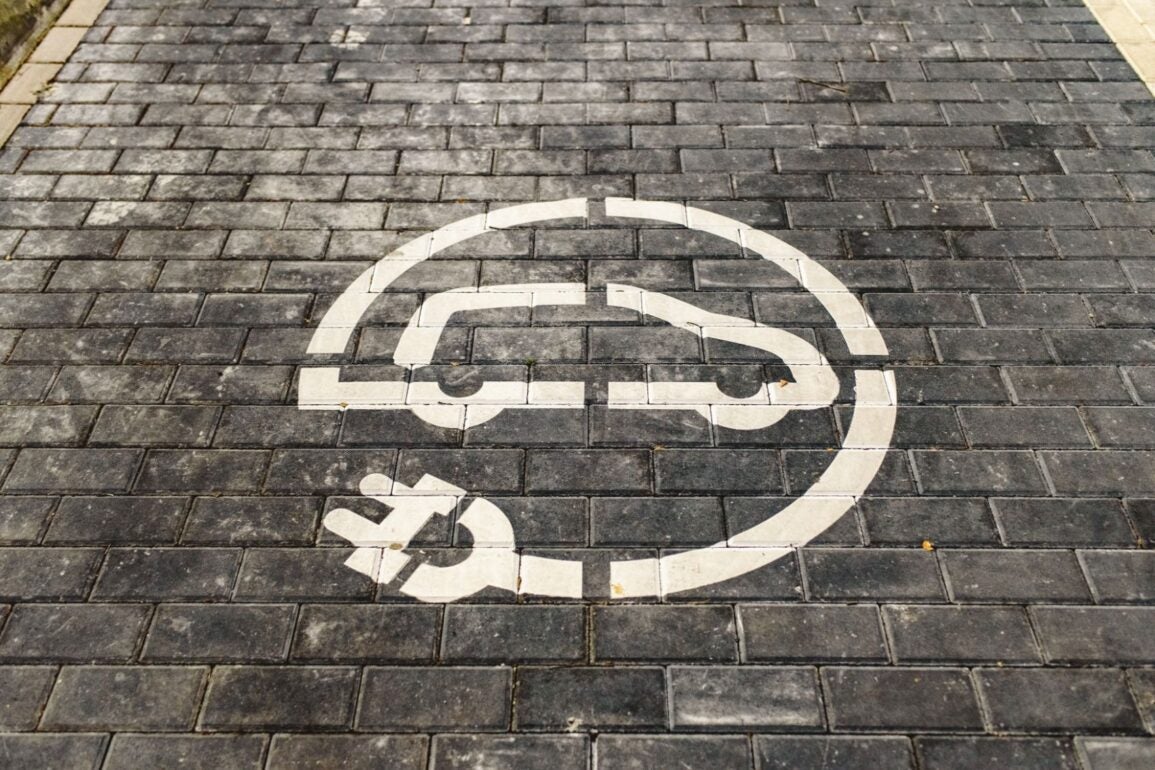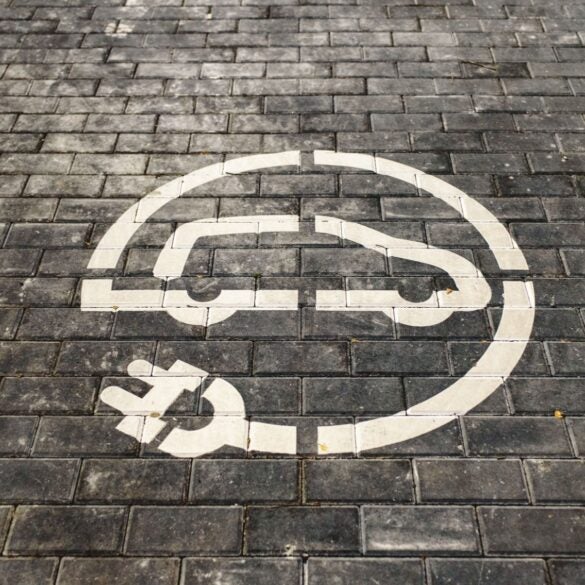
Participants in a summer 2023 panel series conducted by MarketWatch Guides with support from Automoblog cited public charging availability, range anxiety, and cost as primary deterrents to EV ownership.
Shift2Electric, a Minnesota-based electric vehicle (EV) consulting and training company in Minnesota, maintains a comprehensive list of available EVs on its website. The tables on the list are organized by manufacturer and are updated regularly as automakers add more EVs to their product portfolios. The influx of electric vehicles may be coming on a bit too strong for some, as overall consumer sentiment toward EVs, at least for now, is mixed.
To help establish a barometer between the increasing number of available EVs and how car buyers feel, Automomoblg supported MarketWatch Guides for a virtual panel series during the summer of 2023 that included both consumers and industry experts. A summary of the findings was published by MarketWatch Guides in late August 2023, while our summary findings are outlined below.
The industry experts quoted here are listed with their full names and corresponding titles, while consumers are referenced by their first names only for the sake of anonymity.
Consumer Sentiment & EVs: Setting The Stage
The J.D. Power 2023 U.S. Electric Vehicle Consideration Study shows that Americans are gradually warming up to the idea of owning an EV. The study measured responses from 8,136 consumers from February through May 2023 to help determine overall EV consideration by geography, demographics, psychographics, lifestyle, and vehicle use.
In the J.D. Power study, 26 percent said they are highly or “very likely” to consider purchasing an EV, up from 24 percent in 2022. The number of respondents who said they are “overall likely” to consider an EV also increased to 61 percent, up from 59 percent in 2022. The study also found that younger generations are more receptive to EVs and that California has the highest number of EV buyers.
The lower percentage of “very likely” responses in the J.D. Power study gels with the findings of a 2023 study by the Energy Policy Institute at the University of Chicago, which concluded that nearly half (47 percent) are unlikely to get an EV as their next car. In that study, just 19 percent said they are highly or very likely to purchase an EV for their next vehicle. These two studies are further reinforced by a body of work from the Pew Research Center, which found that as of 2023, half of U.S. adults said they are unlikely to purchase an EV.
Concerns Around Public Charging Availability
The studies from J.D. Power, the Energy Policy Institute at the University of Chicago, and the Pew Research Center show a common theme. In each study, respondents cited concerns over the charging infrastructure, be it the availability of public chargers or a lack of confidence that the U.S. will build the infrastructure necessary.
Jodi and Cam, members of the consumer panel, expressed this as their primary concern. Jodi said the number of charging sites across the U.S. needs to increase to ease her fears of getting stuck somewhere unfamiliar, an especially valid concern at night. Meanwhile, Cam said even if fuel costs are higher, gas stations and other rest areas are more readily available with less wait time for the pump versus the charger.
“We need to use the existing gasoline station network and add EV chargers to gas stations,” said Brian Grunkemeyer, founder and CEO of FlexCharging. “They have the right lighting and are easily accessible at all times; they have bathrooms and something to do while you’re there. That’s important to help make EV charging easy and accessible to everyone.”
Jodi and Cam’s responses in our panel match an August 2023 survey from AAA that looked at things from the point of view of a first-time EV driver. In the AAA study, first-time EV drivers were alarmed by the lack of available chargers and the time needed to charge.
According to the U.S. Department of Energy, as of July 2023, there are 32,000 publicly available DC fast chargers in the United States for use by 2.3 million electric vehicles, a ratio of 72 vehicles per charger. The National Renewable Energy Laboratory estimates that 182,000 DC fast chargers will be needed to support the 30 to 42 million plug-in vehicles expected on the road by 2030.
Expanded Charging Network
In July 2023, seven automakers – BMW Group, General Motors, Honda, Hyundai, Kia, Mercedes-Benz Group, and Stellantis NV – announced a joint venture focused on the development of a high-powered charging network that will see at least 30,000 new chargers spread across urban and highway locations. The new charging stations will be accessible to all battery-powered EVs, regardless of the make or model, using the Combined Charging System or North American Charging Standard. According to a joint press release from the seven automakers, the charging stations will satisfy the requirements of the U.S. National Electric Vehicle Infrastructure Program.
The first stations are scheduled to open in the U.S. in the summer of 2024 and in Canada at a later date. Each site will include multiple high-powered DC chargers to help ease concerns over availability and charging times.
Addressing Range Anxiety
Like gasoline vehicles, modern-day EVs have enough capacity to handle routine driving activities (to work, running errands, and so on). EV owners typically use a Level 1 or Level 2 charger at home, usually charging overnight or when the vehicle is parked during the day. Home charging is the equivalent of filling up the gas tank each time the car is in the garage. This isn’t to say range anxiety isn’t valid, but home charging can eliminate that fear, at least for local driving.
“The average American travels about 40 miles a day, so people are going to end up charging at home overnight because they are not going to hit the maximum range threshold of their vehicle in anything other than an extreme circumstance,” said Anthony DeOrsey Jr., Research Manager at San Francisco-based Cleantech Group. “Range anxiety might actually be an undue anxiety, so as the idea of charging at home becomes more mainstream and more understood, it will be a key factor to EV adoption.”
On the consumer panel, Matthew, a current EV owner, recalled how he was initially worried about the vehicle’s range. “At first, I was concerned whether the battery would last long enough to go all the places that I needed to,” he said, also citing his initial hesitation around cost. “However, since my purchase, I’ve become a lot more comfortable with those things.”
“Having access to charging at home is both a key driver for adoption, but also a barrier as a portion of the population does not live in a single-family home with a driveway and a garage,” explained Travis Eckert, Electric Vehicle Team Lead at Baltimore-based MD Energy Advisors. “If they live in a condominium or an apartment where there are no dedicated charging stations on that property, that’s a challenge.”

Purchase & Maintenance Costs
Industry data shows that new vehicle prices are finally trending downward in 2023 after nearly two years of record upward swings where new vehicle prices were at or above MSRP. Data from Cox Automotive, the parent company of Kelley Blue Book, also shows that new EV prices have trended downward in 2023, which is good news for consumers looking for one. Perhaps less known for potential buyers is the long-term maintenance costs of an EV, which consumers on our panel expressed as a primary concern.
One saving grace is that EVs have fewer mechanical and fluid-driven parts than gasoline vehicles, which should transition to lower maintenance costs during the EV’s usable life. A detailed study in 2020 by Consumer Reports found that EVs have a lower total cost of ownership compared to gasoline vehicles.
“It’s worth noting the battery designs are sometimes – not always – but sometimes designed that the modules can be replaced, not the entire batteries and not individual cells,” Eckert said. “At that point, that module should be much lower cost than what it was when the vehicle was new.”
“One thing for sure is that you won’t be able to work on your car anymore,” added Patrick McCann, Editor-in-Chief of We Try Tires, a website dedicated to consumer education on tires. McCann launched the site after finding little to no tire info online (he ultimately purchased tires that did not match his vehicle and was frustrated by their performance). “With an EV, you will be forced to take it to a dealer and pay dealer prices to have it serviced,” McCann continued. “If something goes wrong, you won’t be able to just fix it yourself.”
Leasing & Warranty
Those wanting to drive an EV without worrying about long-term maintenance costs can consider leasing. Like a gasoline vehicle, leasing an EV means it’s under factory warranty for the duration of the lease, though leasing can present its own challenges in terms of mileage limits. Adam, a consumer panelist for whom leasing was not the best option, was interested in purchasing an extended warranty to cover the battery. “People will be confident that if the battery breaks down, they’ll have that option,” he said.
“Extended warranties, certainly for the pre-owned EV market, would definitely help alleviate those concerns for consumers,” Eckert added.
Outside of the manufacturer at the time of purchase, aftermarket extended warranty providers vary in coverage levels and pricing tiers, so it’s essential that consumers research what plans might best fit their vehicle and budget (if you are looking into an extended warranty, see these six helpful tips from a repair shop owner). However, an extended warranty might not be necessary when purchasing a brand-new EV.
“The factory warranties we are starting to see, up to 10 years or 100,000 miles in some cases, are impressive,” Eckert said, adding that battery technology is becoming more robust and capable. “The manufacturing knowledge and capabilities are rapidly increasing, and the costs are decreasing,” Eckert continued. “A lot of these batteries may actually outlast the vehicles.”
EV Panel Summary
The findings detailed above on consumer sentiment around EVs align with other automotive industry studies and credible bodies of research. While strides are being made to address the North American charging infrastructure, vehicle range, and long-term costs, these core questions remain top of mind for consumers as they are looking to purchase their next car. Eventually, EVs will become as familiar as gasoline vehicles, but until then, the findings above indicate most consumers just aren’t there yet.
“All of the issues we’ve talked about here are absolutely real issues, but when we look back five years from now, we’ll say we solved most of them,” Grunkemeyer said. “And we’ll be quite happy with it as we move beyond these temporary hiccups.”
Carl Anthony is the Managing Editor of Automoblog and the host of AutoVision News Radio and AutoSens Insights. As a respected automotive industry thought leader, Carl has appeared on numerous podcasts and radio shows, including Wrench Nation, Cars Yeah, The Car Doctor, and Brains Byte Back, in addition to appearing as a regular contributor on MotorMouth Radio on WHPC 90.3 FM. His work can also be seen and heard 24/7 on the Automoblog YouTube channel.





